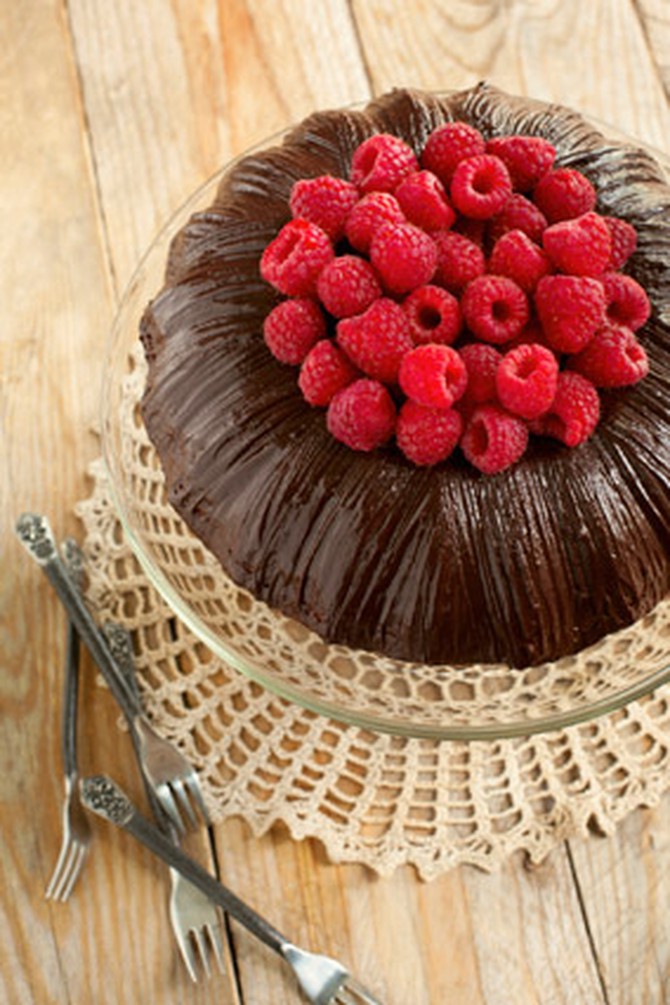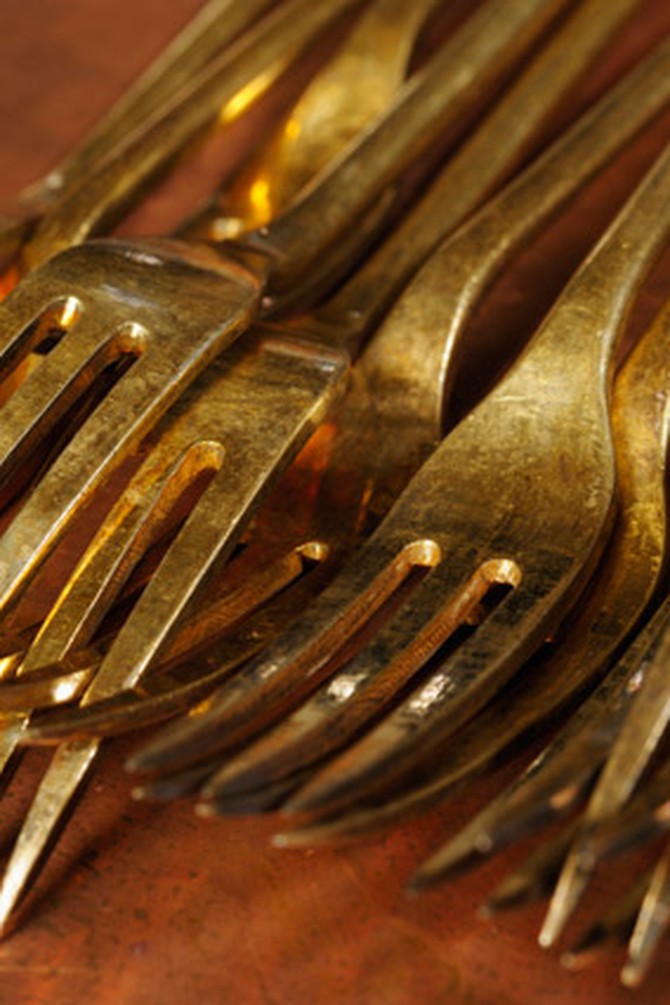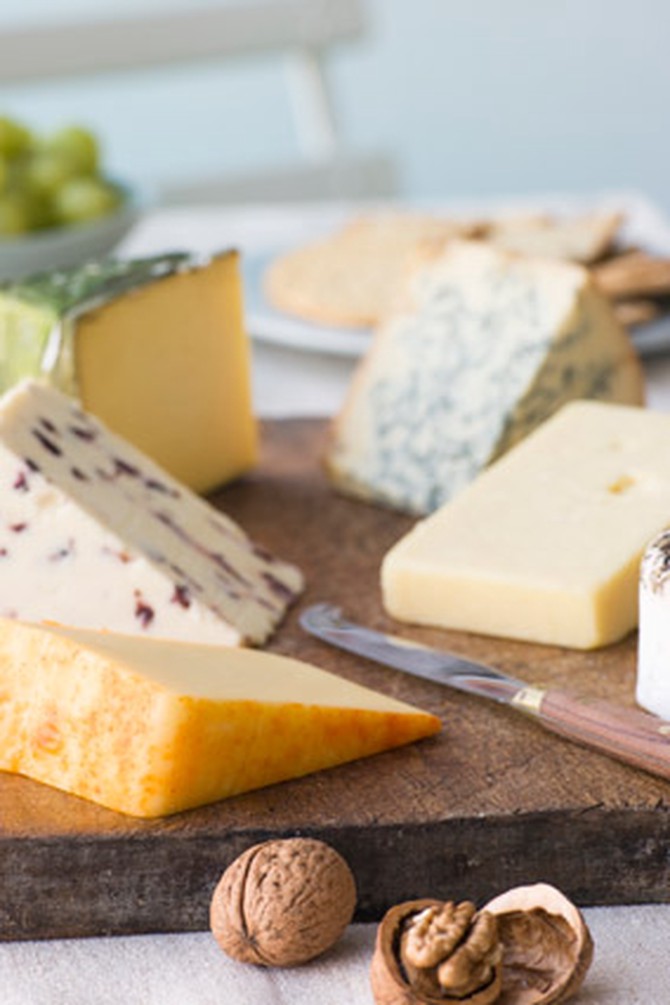7 Ways to Make Things Taste Better (with Zero Extra Effort)
Here's what a few unusual taste perception experiments found about getting more bang for your bite.
By Jena Pincott

Photo: Thinkstock
Make a Tiny Ceremony of It
Why do French kids eat everything? Because little pre-meal rituals (like breaking the baguette) abound in France, explains psychologist Kathleen Vohs, PhD, in a study she led at the University of Minnesota. And rituals improve taste (okay, butter does too). Vohs found that tasters told to snap a chocolate bar in two and unwrap each half individually rated the treat as more flavorful than did those who ate it without fanfare. Carrots were also tastier after a little to-do. And so might ramen be after you take its picture, or a store-bought cake after singing "Happy Birthday." Point is, micro-celebrations draw your attention to the food—and focus is a flavor enhancer.

Photo: Thinkstock
Start with an Instagram Appetizer
Before digging into, say, your blandish bean soup, look at a photo of something mouth-watering. Pizza, pastries, lamb chops, whatever, as long as it's highly caloric. Afterward, your humble meal may taste better than it would otherwise. Yes, really—at least if there's anything to a Swiss study that found that people enjoyed neutral flavors more after viewing pictures of fatty, flaky, crispy or gooey foods than after looking at low-calorie options such as yogurt and watermelon. The mere sight of fattening chow stimulated stronger activity in brain areas that evaluate pleasure—especially the orbitofrontal cortex—which made a subsequent taste seem better than it really was (a delicious illusion).

Photo: Thinkstock
Give Your Tableware More Gravitas
First, swap your flimsy utensils for solid, heavier stainless steel ones. You may enjoy your food more—just as yogurt tasters did in a study at the University of Oxford. Then try heavier tableware: When people ate from a weighty bowl (held in one hand), they liked their food more than when eating it from an identical-looking medium or lightweight one. Subconsciously, heft makes us think "expensive" (and superior), a judgment that transfers to the meal. Bonus insight: Heavier dishes and bowls—made of porcelain, for instance—also trick your brain into thinking the food is denser and more filling, so you may eat less.

Photo: Thinkstock
Know Your Taste in Solid Metals
If you love bold flavors, go for copper or zinc utensils. These relatively unstable metals can enhance a food's dominant flavor, found a blindfolded taste test at the University of Oxford. (You're effectively eating copper or zinc atoms along with your food.) The results: Salty cream tasted saltier (and bitterer) than when eaten off the usual stainless steel cutlery. Sweet cream tasted surprisingly sweeter. The best plating for purists (with Midas's assets): gold. With no metallic taint at all, flavors rang true.

Photo: Thinkstock
Sweeten Without Sugar
This one's for the dessert lover who seeks maximum sweetness without the extra calories. Food can seem sweeter or richer than it really is, thanks to "cross-modal" associations we make about the shape, size and color of its serving ware. For instance, eat off round-shaped dishes: Curves increase sweetness sensitivity, perhaps due to a feeling of comfort or "cognitive ease," found a Chinese study. Overall, go for light colors; diners thought that strawberry mousse and pink yogurt that arrived on black plates tasted a tad bitter in comparison (dark plates may draw attention to stronger, bitter flavors). And for the ultimate indulgence—hot cocoa—use a dark-cream-colored cup. It tasted sweeter when served in that raw-sugar-cane shade than in any other color.

Photo: Thinkstock
Get Your Geometry Straight
Perhaps you're now wondering what might boost the complex savory flavors in, say, quiche Lorraine. Science says sharp angles. One theory: cutting edges or those that come to a point bring to mind the word "sharp," which we unconsciously associate with sharper (and stronger or more bitter) flavors. For instance, when food was served on a star-shaped plate, diners reported that it tasted slightly sharper than when served on a round one. Similarly, cheese tasted sharper when its corners were angled, not rounded. And eating off a knife made cheese taste saltier than when using a spoon, fork or toothpick. That said, the advice to "go pointy for savory" might not apply all the time (more research is under way). So you may want to take this advice with at least a grain of salt.

Photo: Thinkstock
Optimize Your Warm-Ups and Cool-Downs
We all know that warming up a meal makes it more flavorful. But temperature can also play tricks on your perception of sweet, sour and salty, found a study at the Yale School of Medicine. (Apply something very hot to the tip of your tongue—no food needed—and you'll experience a sugary sensation, whereas cold could trigger a sour or salty tang.) What happens is that as your tongue heats up, tiny channels in your "sweetness-detecting" taste buds open and send a stronger signal to the brain. The warmer, the sweeter—which is why ice cream tastes better softened than frozen but is cloying when melted. Note: "Thermal tastes" are subtle because other flavors often dominate: A piping-hot curry obviously won't taste like candy, but, served cold, it may seem relatively salty.
Next: Trick your brain into eating less when you're at home
Next: Trick your brain into eating less when you're at home
Published 09/18/2013

